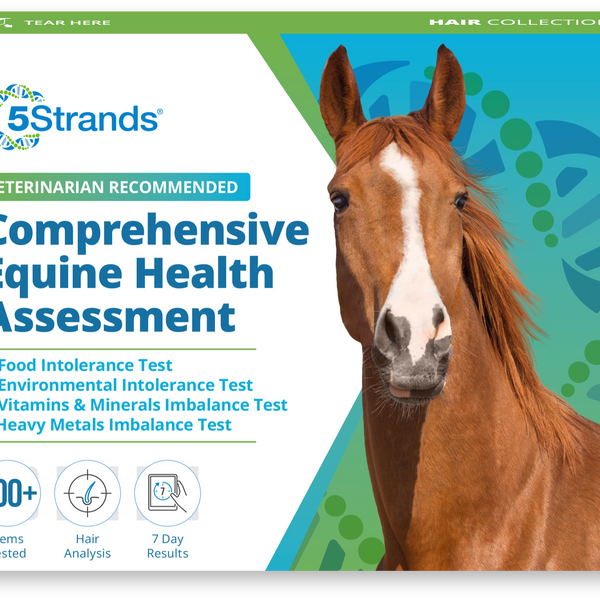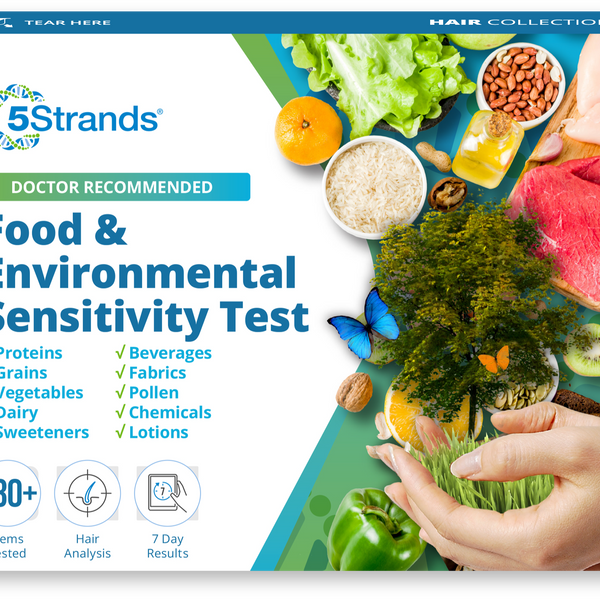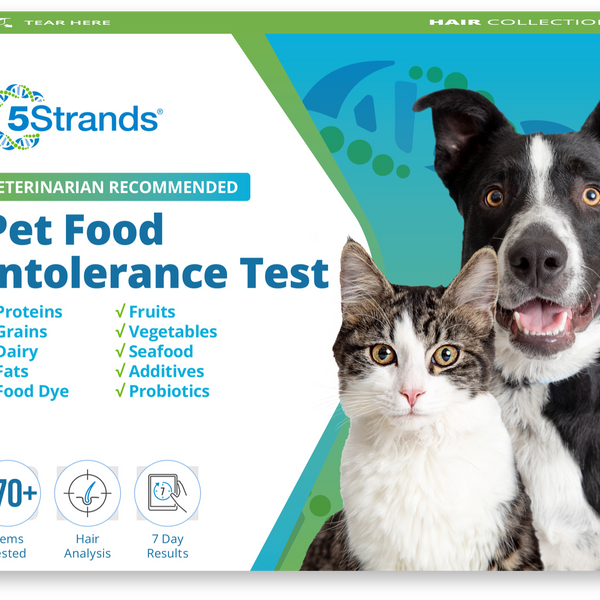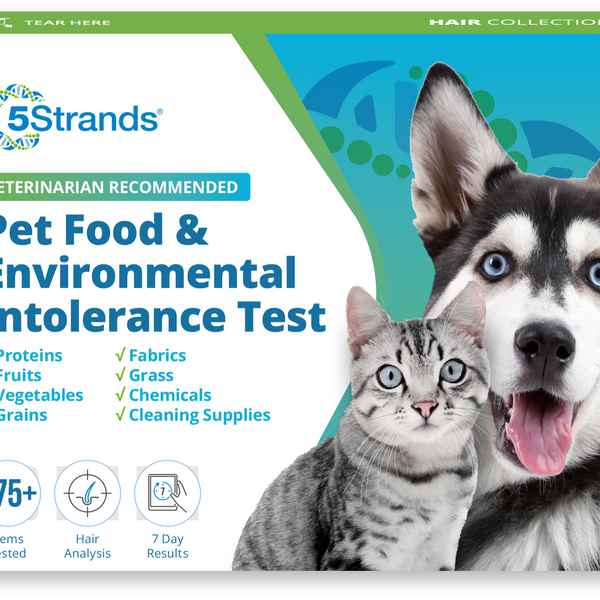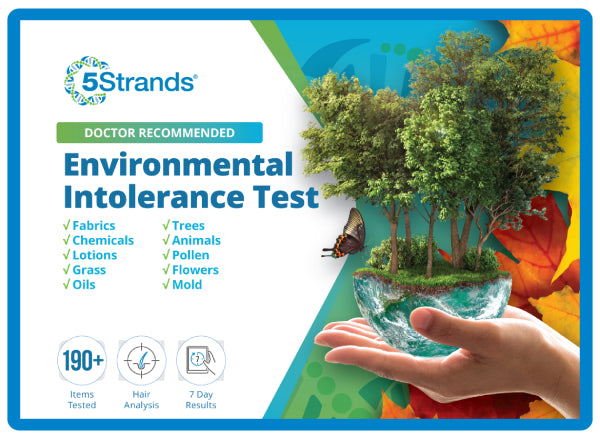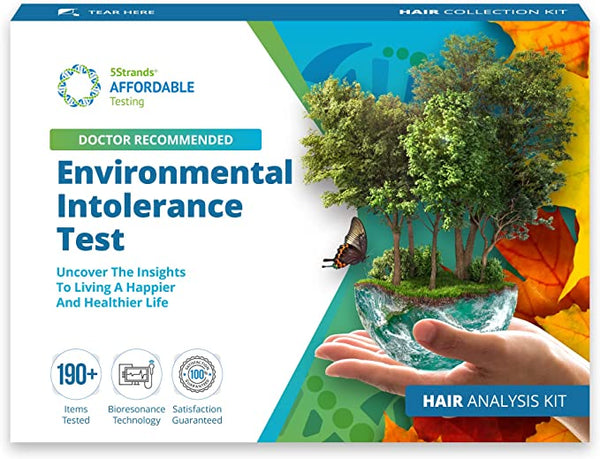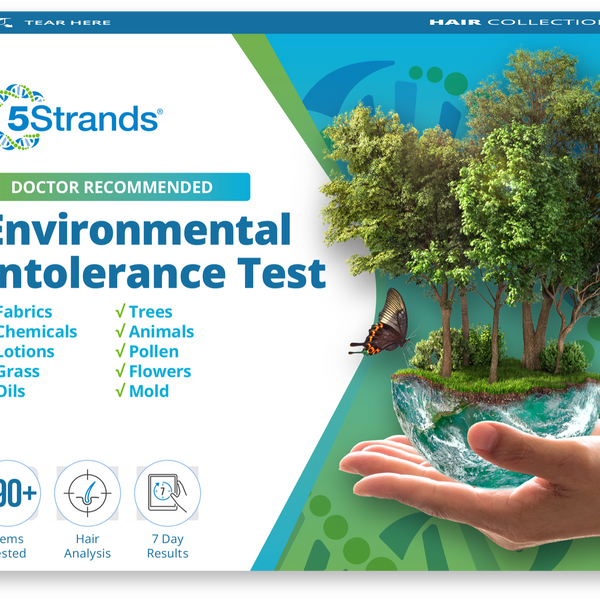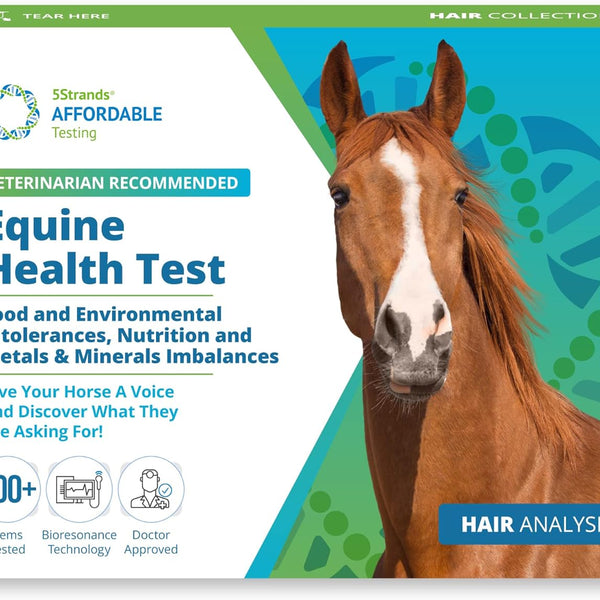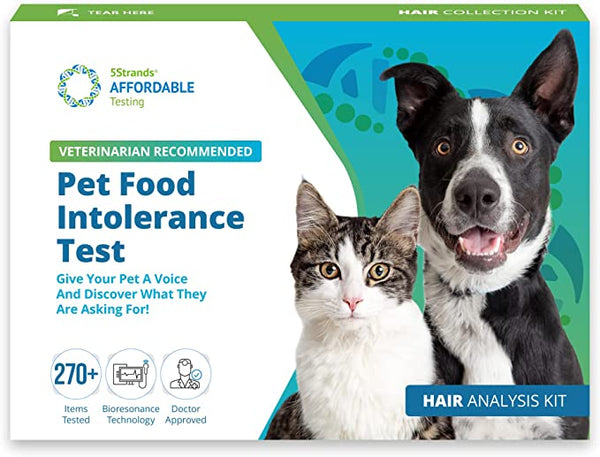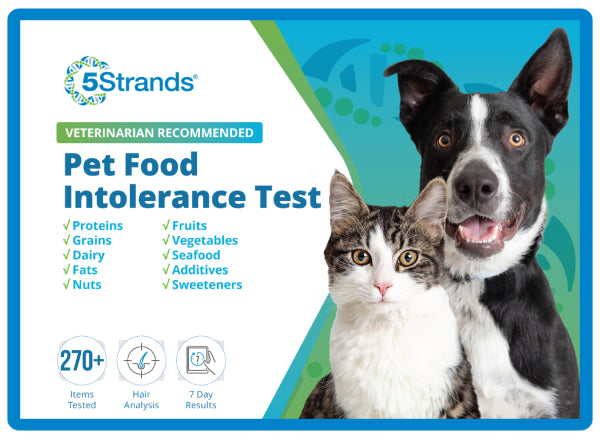May 15, 2022 in News
https://www.ardmoreite.com/2022/05/15/considerations-for-camping-with-canines/
Texas A&M University
Spring presents a wonderful opportunity to spend time in the great outdoors with your pet. From long hikes to relaxing nights sitting around a campfire, there are many fun camping activities dogs enjoy being a part of.

D’Lisa Hidalgo, a veterinary technician at the Texas A&M College of Veterinary Medicine & Biomedical Sciences’ Veterinary Medical Teaching Hospital, has several tips for owners who want to bring their furry friends camping.
“Much like providing for your own basic needs, you’re going to have to think about providing for your dog’s basic needs while on a camping trip,” she said.
This includes packing everything—from food and water to bedding and toys—that a dog might need while away from home.
“You want to be sure to bring your dog’s food in an air- and watertight container,” Hidalgo said. “Make sure that you have enough for the number of days that you’re going, plus a little bit extra, just in case. If your car breaks down on the way home and you have to stay in a hotel, it’s pretty easy to run to the store and get food for yourself, but you want to make sure that you have enough food for your pet, too.”
If a dog is taking any medications on a regular basis, those need to be packed as well. Special preparations may need to be made for medicines like insulin that have to stay refrigerated.
Many state and national parks require dogs to be kept leashed and some even have a leash length requirement. Another tool for keeping pets contained at the campsite is a wire kennel with soft bedding.
“A lot of dogs are really comfortable in these kennels because they can see, hear, and smell everything going on around them,” Hidalgo said. “Plus, if your pet gets spooked by thunder or strange sounds in the middle of the night and tries to bolt, a kennel will keep them safe.”
Hidalgo also recommends packing a canine first aid kit containing bandages, styptic powder or cornstarch to stop bleeding, Benadryl for bug bites, eye wash, and a spare slip lead.
One of the less pleasant aspects of a camping trip is bugs, which can also be a bother for pets. Ticks, especially, can transmit diseases like Lyme disease if a pet is not appropriately protected.
“If your pet’s regular heartworm and flea prevention does not include tick prevention, you might want to consider adding it on,” Hidalgo said. “One of the quickest and easiest things to add would be an over-the-counter flea and tick collar.”

Before camping, owners should also make sure their pet is vaccinated against rabies and leptospirosis, two diseases that can be spread by wild animals.
Finally, knowing the signs of heat stroke or hypothermia, depending on the season, can help owners make sure their pet gets treatment as soon as possible if these conditions arise.
No matter how prepared an owner is, accidents and emergencies can still happen, so Hidalgo recommends locating in advance the animal emergency hospital closest to the campsite.
Whether camping is a one-time experience or a regular outing, a small amount of time devoted to packing and preparing will ensure that you and your pet can spend your camping trip enjoying quality time outdoors.
Pet Talk is a service of the College of Veterinary Medicine & Biomedical Sciences, Texas A&M University.
Stories can be viewed on the web at vetmed.tamu.edu/news/pet-talk.
Suggestions for future topics may be directed to editor@cvm.tamu.edu.

5Strands loves the recommendations made by D’Lisa Hidalgo! We would love to add that if you go camping near a body of water, you may want to be prepared to test the waters before you let your pet enter. Especially if the water looks like a murky green color. 5Strands has an on-site Blue-Green Algae test kit that could mean life or death for some pets that enter a body of water that has been contaminated by the toxins produced by this type of algae. These toxins are typically deadly and there is no known antidote for these toxins.


